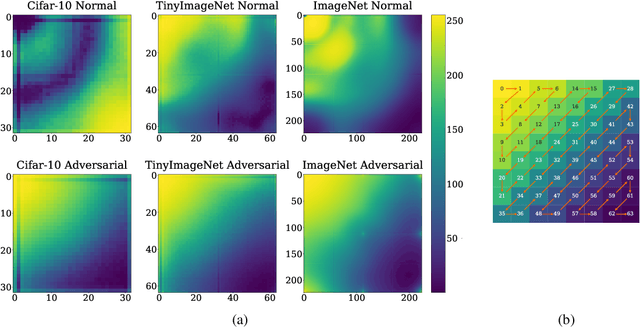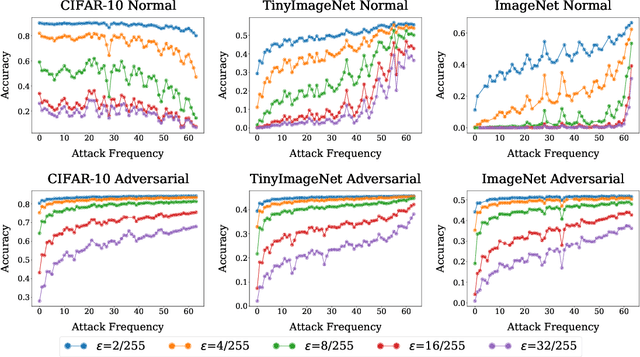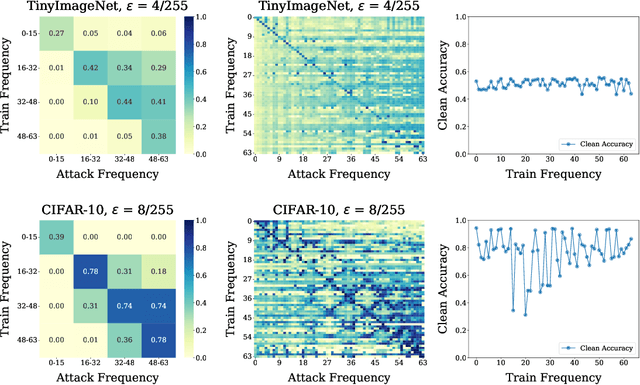A Frequency Perspective of Adversarial Robustness
Paper and Code
Oct 26, 2021



Adversarial examples pose a unique challenge for deep learning systems. Despite recent advances in both attacks and defenses, there is still a lack of clarity and consensus in the community about the true nature and underlying properties of adversarial examples. A deep understanding of these examples can provide new insights towards the development of more effective attacks and defenses. Driven by the common misconception that adversarial examples are high-frequency noise, we present a frequency-based understanding of adversarial examples, supported by theoretical and empirical findings. Our analysis shows that adversarial examples are neither in high-frequency nor in low-frequency components, but are simply dataset dependent. Particularly, we highlight the glaring disparities between models trained on CIFAR-10 and ImageNet-derived datasets. Utilizing this framework, we analyze many intriguing properties of training robust models with frequency constraints, and propose a frequency-based explanation for the commonly observed accuracy vs. robustness trade-off.
 Add to Chrome
Add to Chrome Add to Firefox
Add to Firefox Add to Edge
Add to Edge